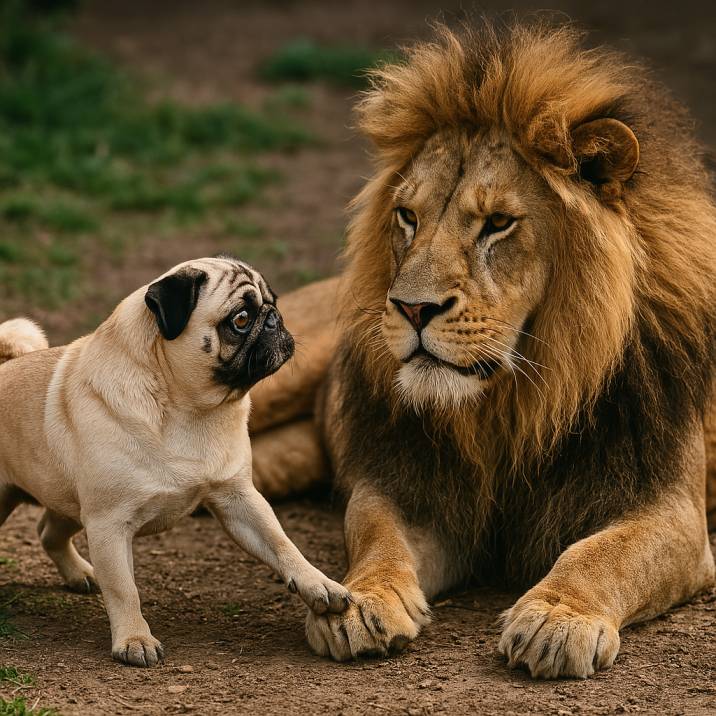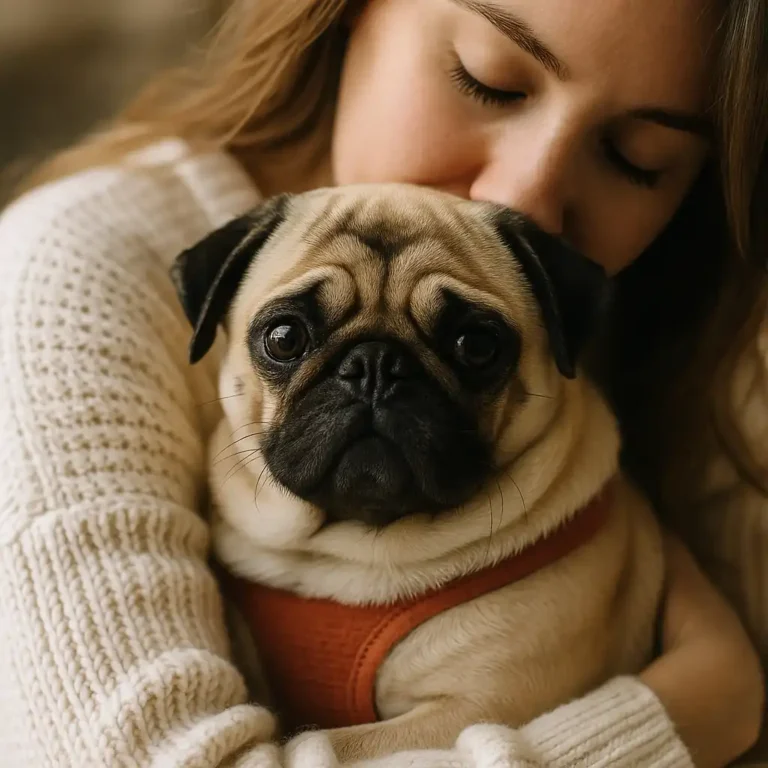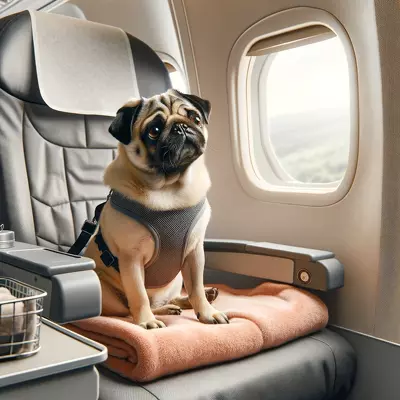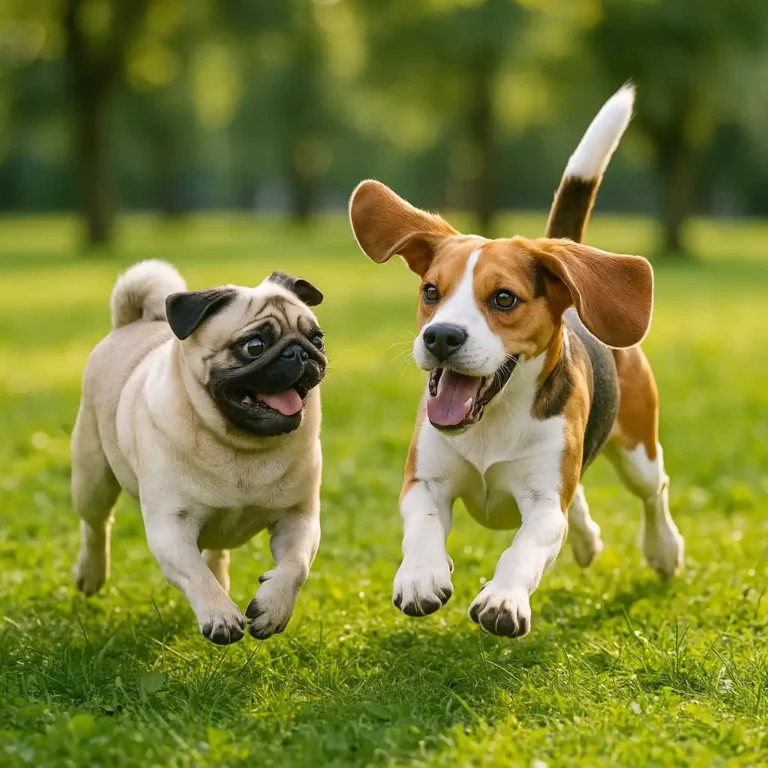Why Were Pugs Bred? The Fascinating History of This Lovable Breed

Pugs are undeniably adorable with their wrinkled faces, compact bodies, and charming personalities. But beyond their cute appearance lies a rich history that reveals exactly why these dogs were bred in the first place. Understanding their origins can help pug owners better appreciate their unique traits and care needs.
The Origins of Pugs
Pugs have a long and distinguished history dating back over 2,000 years. They were originally bred in ancient China during the Han dynasty, making them one of the oldest known dog breeds. Chinese emperors adored these small dogs, treating them like royalty. Pugs were purposefully bred as companion animals for the elite, known for their affectionate nature and calm demeanor.
Bred for Royal Companionship
Pugs were bred specifically to provide companionship to Chinese emperors and nobility. Their small size made them ideal lapdogs, and their calm yet playful personalities suited palace life perfectly. Pugs often lived in luxurious surroundings and were even guarded by soldiers to ensure their safety.
The breed’s distinctive wrinkles were highly valued because they resembled Chinese symbols believed to bring good fortune. This unique facial feature was one of the reasons breeders intentionally developed the pug’s characteristic appearance.
European Influence
In the 16th century, Dutch traders brought pugs from China to Europe, where they quickly became favored pets among European royalty. The breed was especially popular in the Netherlands, where pugs were the official dog of the House of Orange. Their role as affectionate lapdogs continued, and they were often seen sitting beside nobility or portrayed in royal portraits.
Traits Pugs Were Bred For
Pugs were selectively bred to emphasize qualities that made them ideal companions:
- Loyalty and Affection: Bred for companionship, pugs are naturally social and thrive in family environments.
- Compact Size: Their small stature allowed them to fit comfortably in the laps of emperors or curl up beside their owners.
- Distinct Appearance: The wrinkled face, short muzzle, and curled tail were desirable traits that gave pugs their signature look.
- Calm Temperament: Unlike more active working breeds, pugs were intended to be low-energy, making them perfect indoor pets.
Why These Traits Matter Today
The pug’s breeding history has lasting effects on their behavior and health. Their affectionate and sociable nature makes them ideal for households seeking a loving companion. However, their short noses (a result of their breeding for distinct facial features) can cause breathing difficulties, particularly in warm weather or during intense exercise. Understanding these characteristics helps owners provide the best possible care.
Conclusion
Pugs were bred with a clear purpose: to provide love, loyalty, and companionship to those lucky enough to have them. While they no longer reside in palaces or guard royal treasures, pugs continue to be cherished members of families worldwide. By understanding their history, pug owners can better meet their unique needs and celebrate the breed’s fascinating past.






